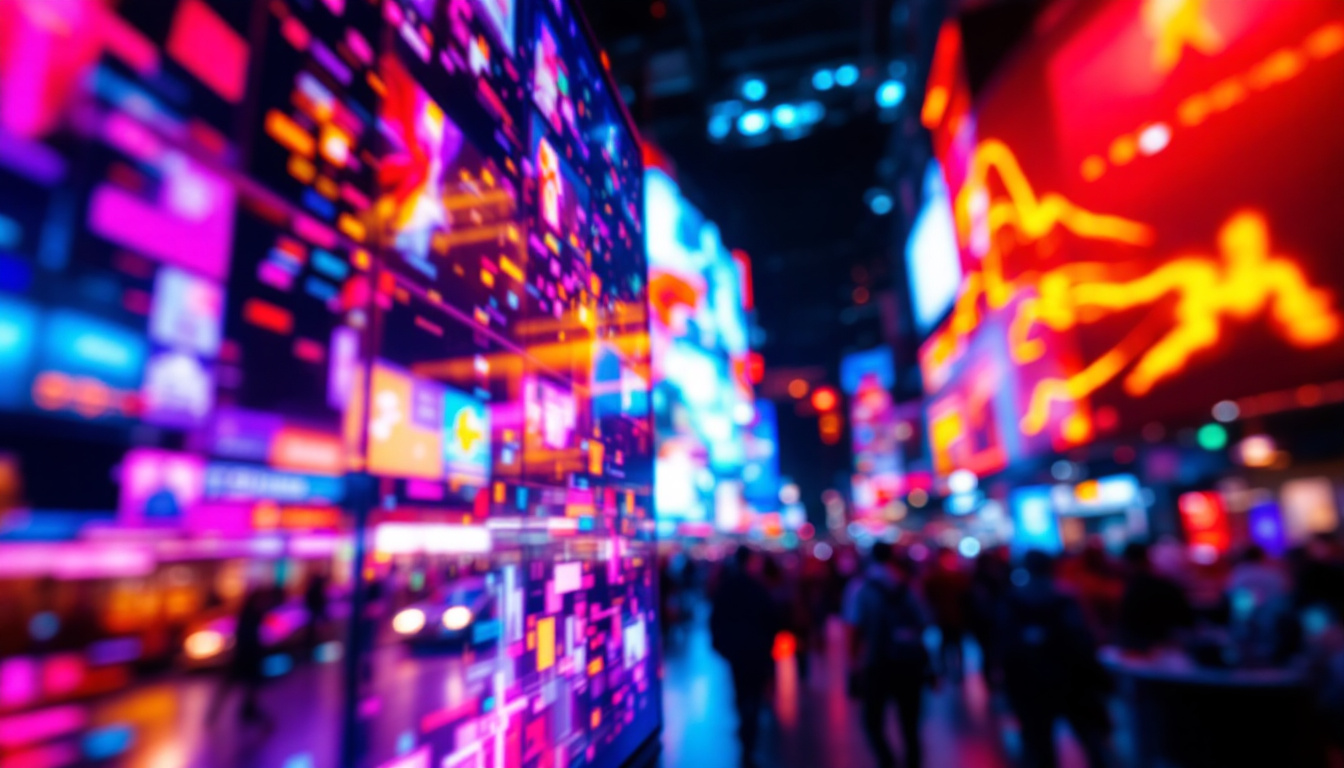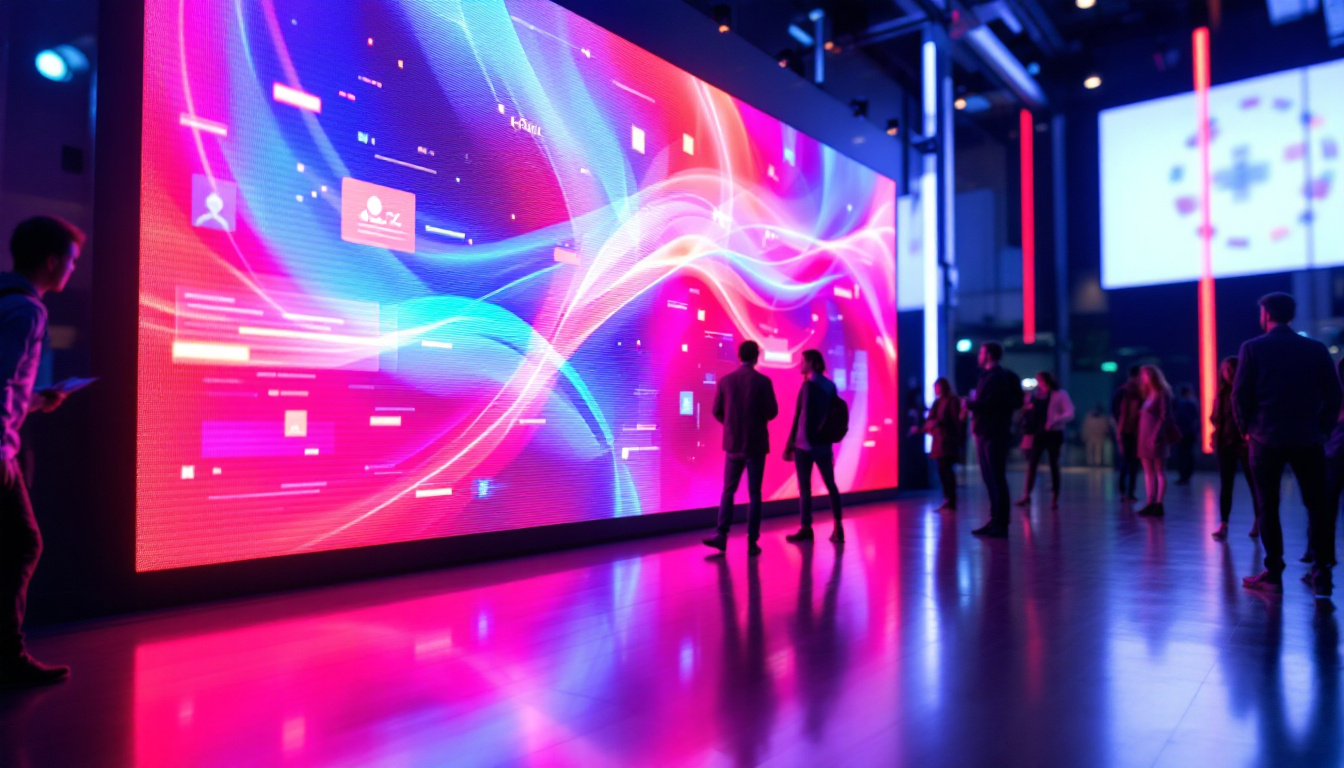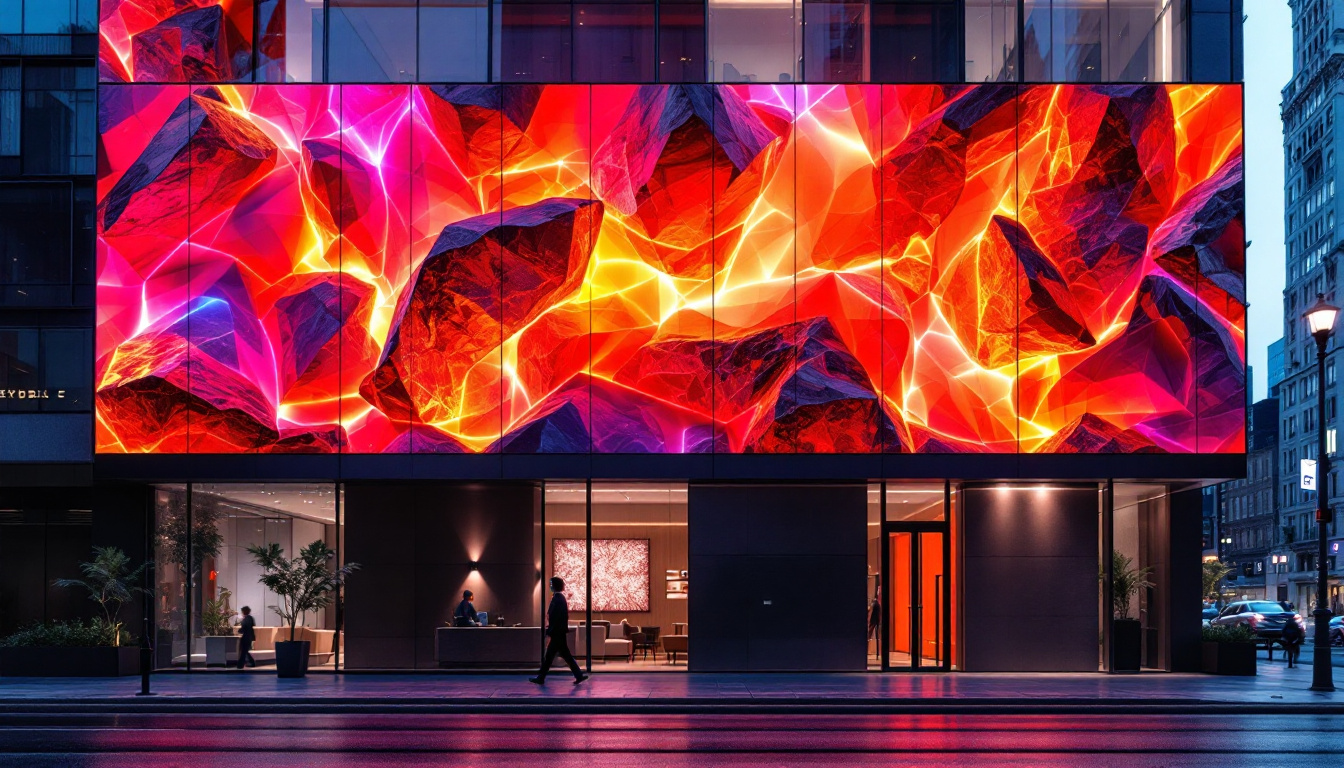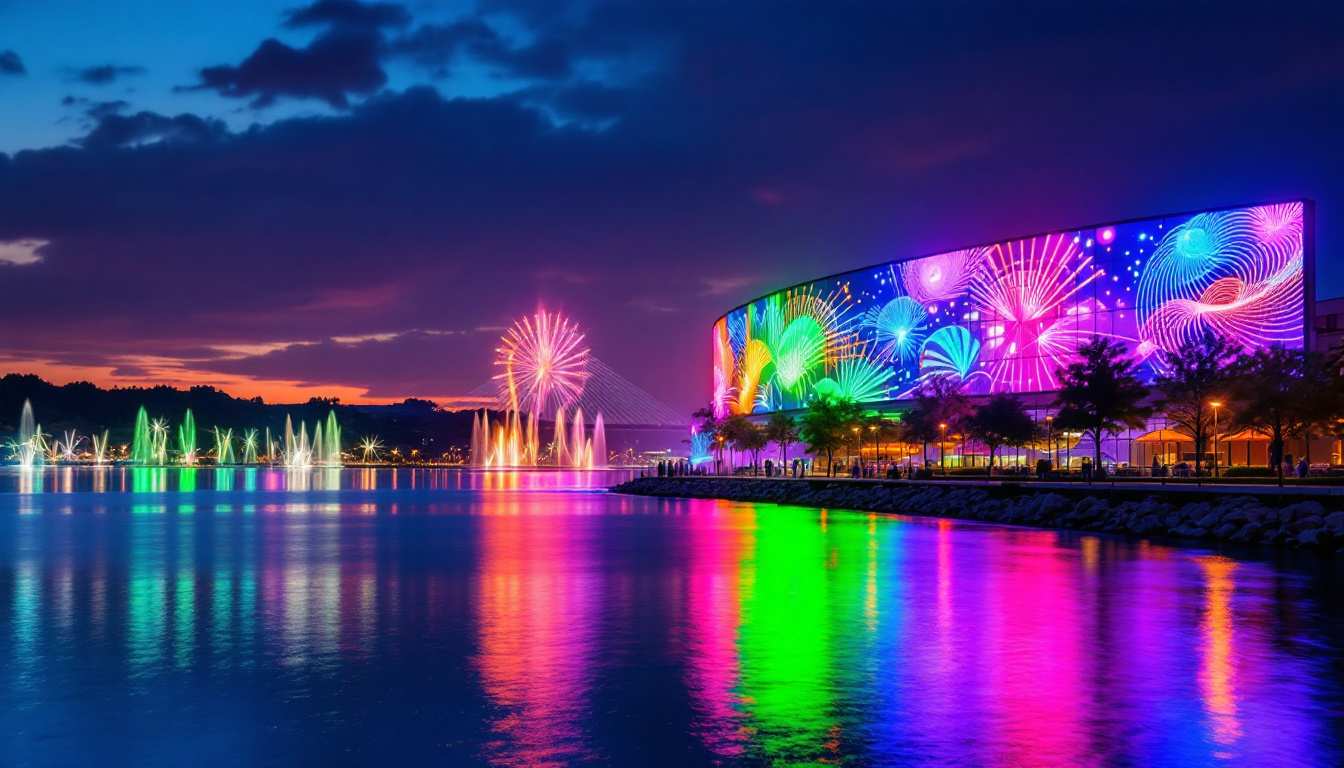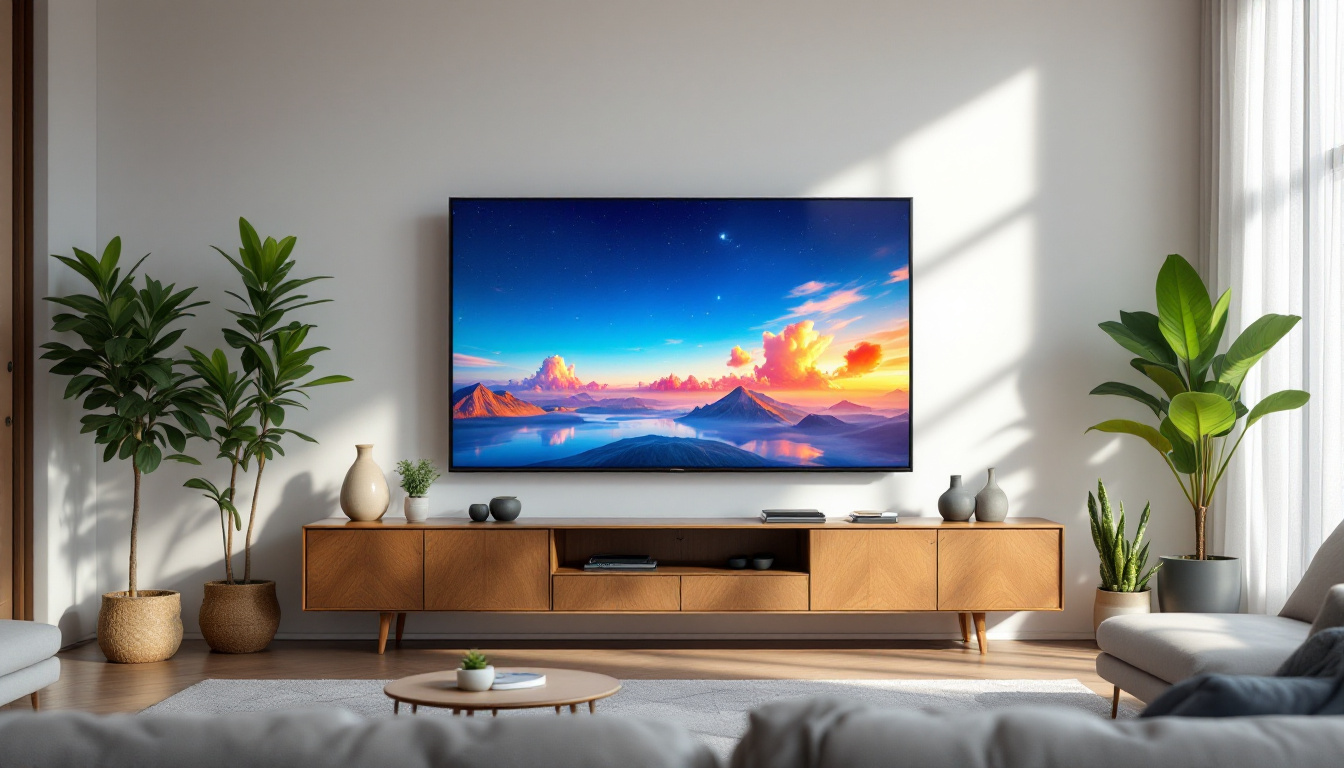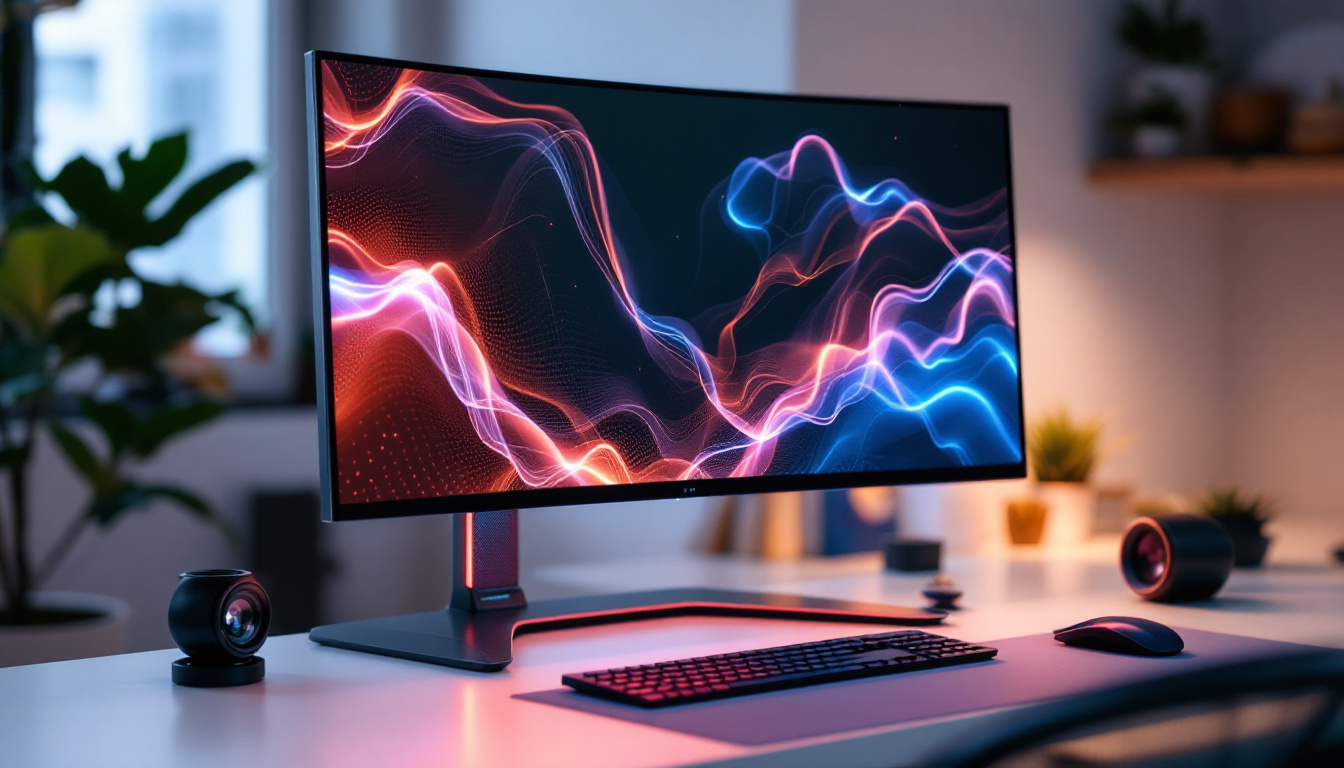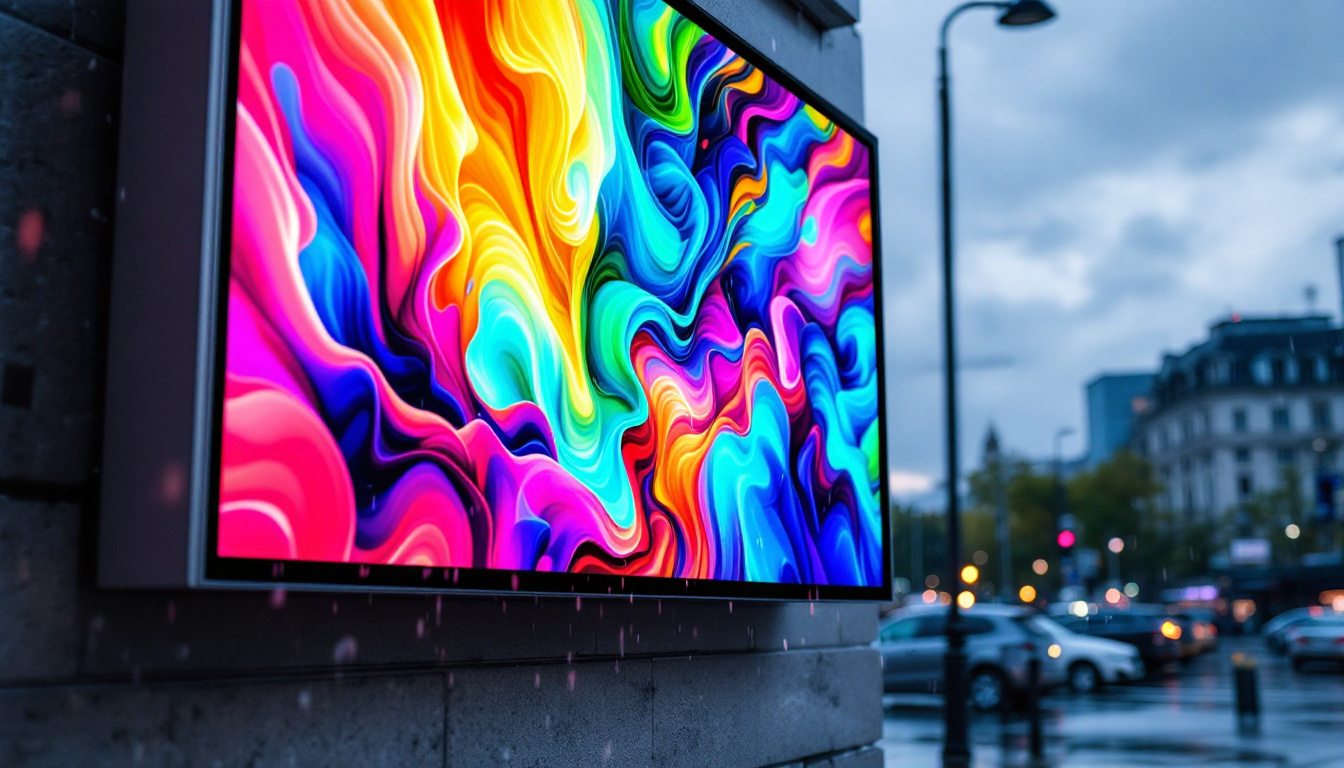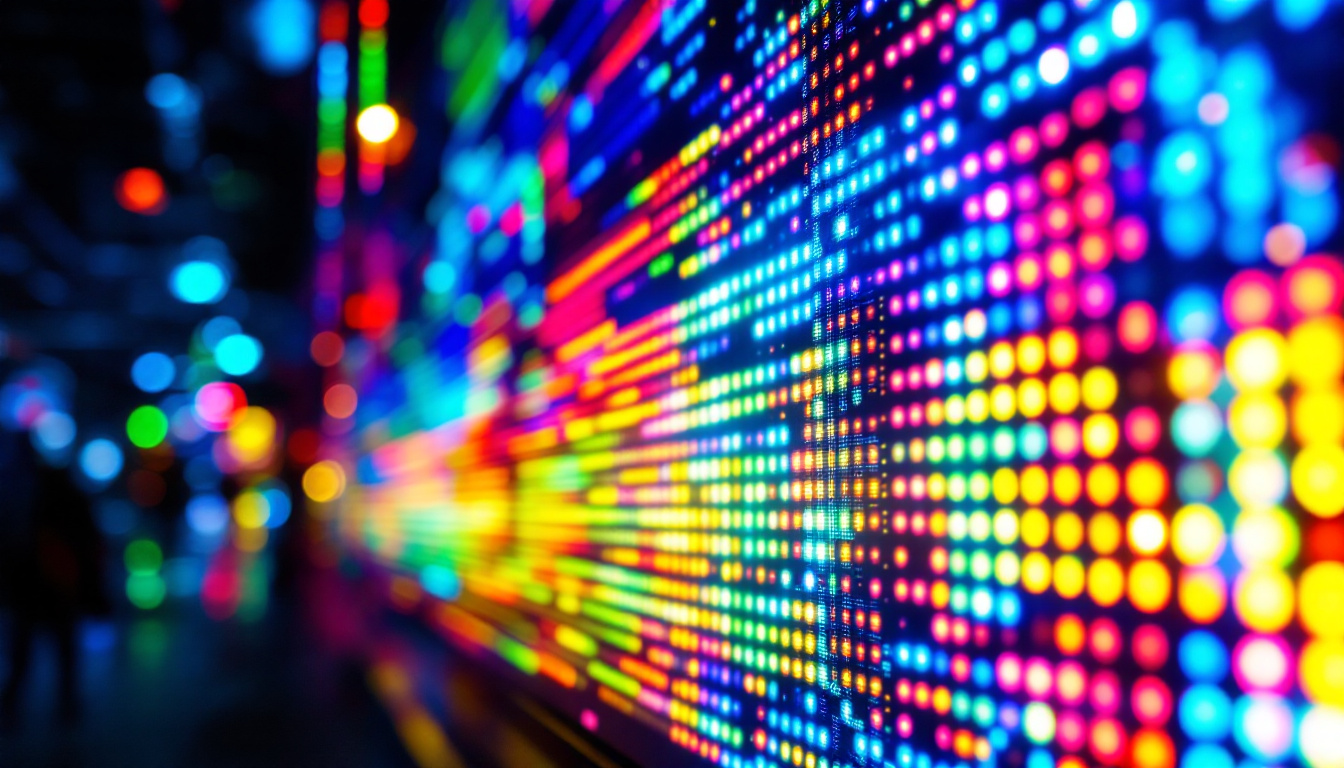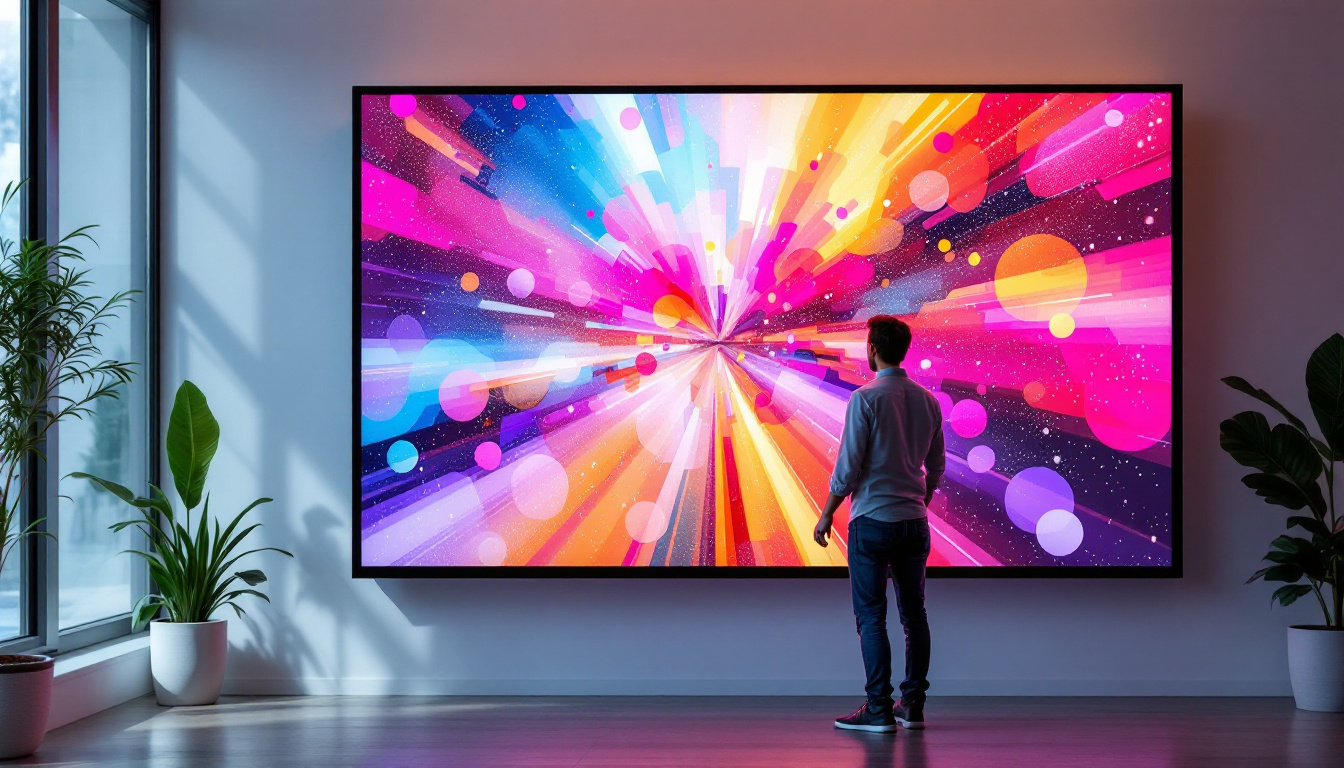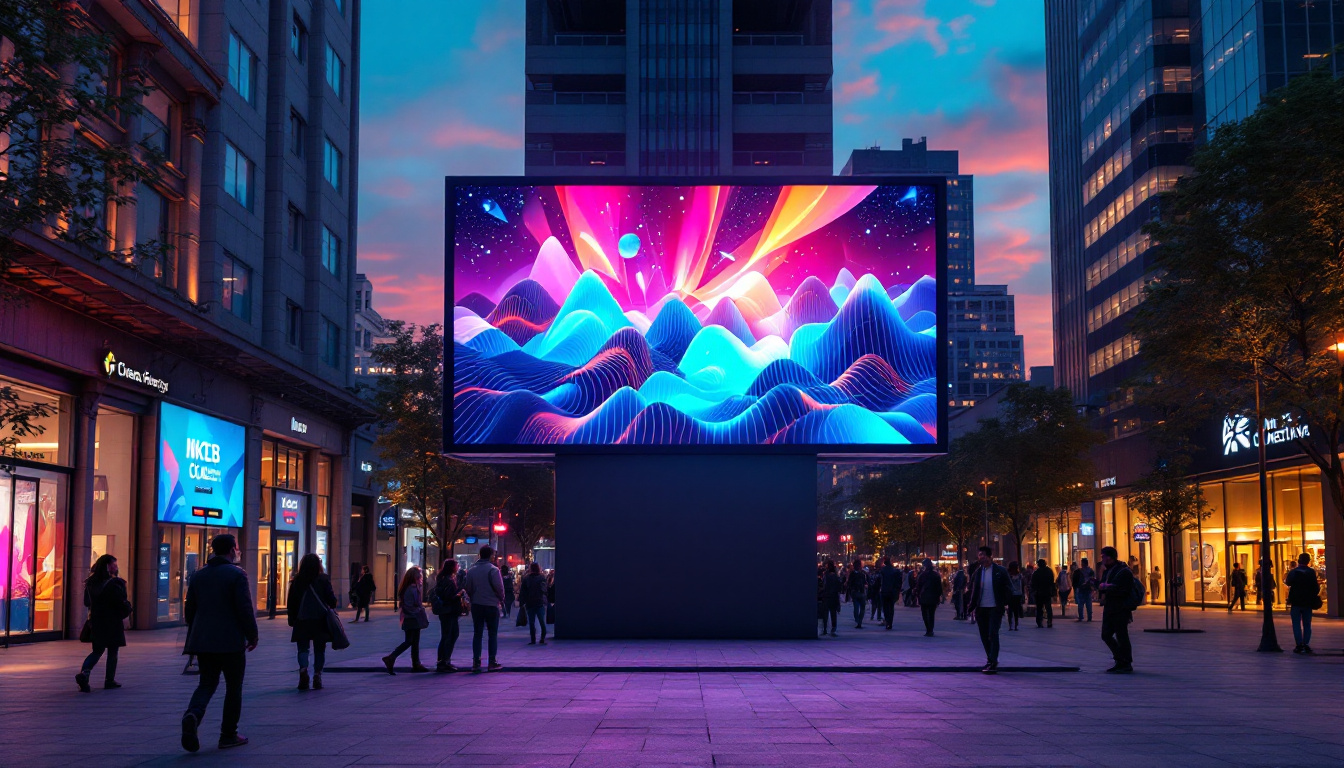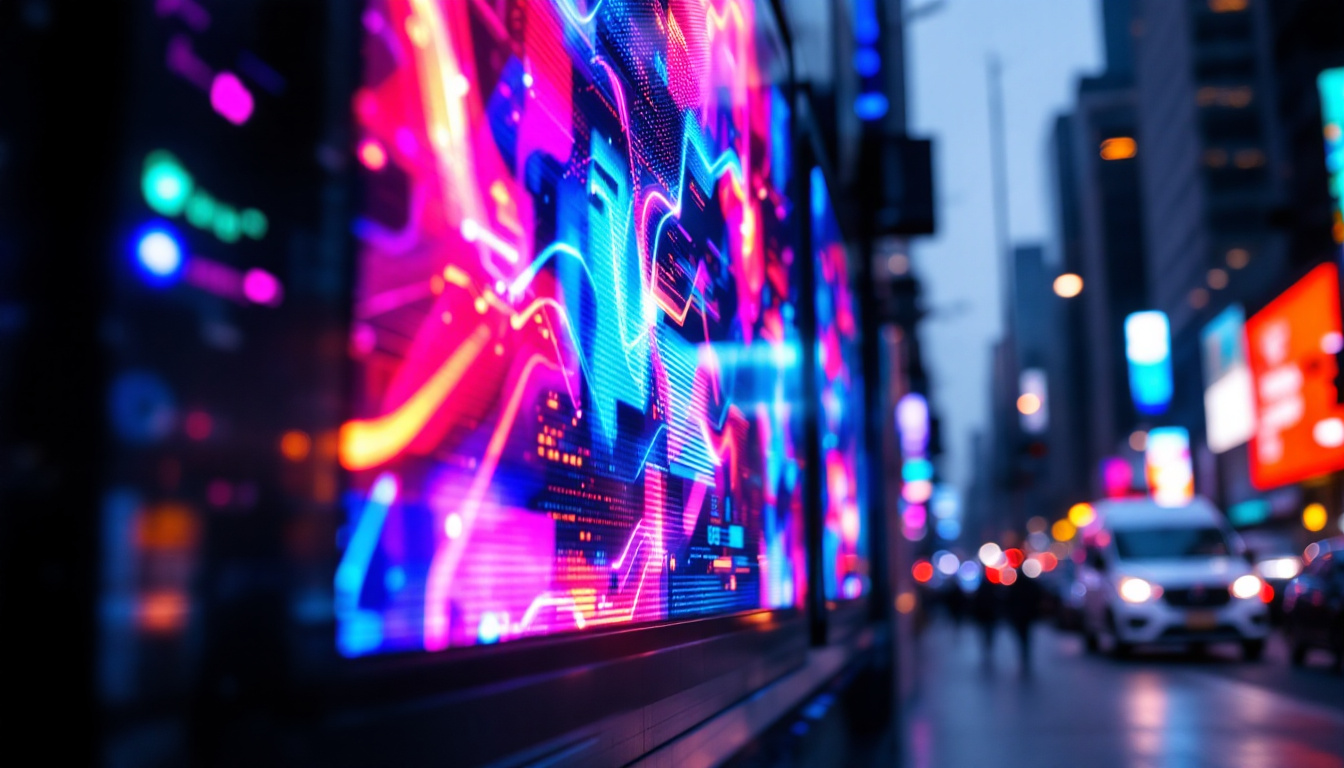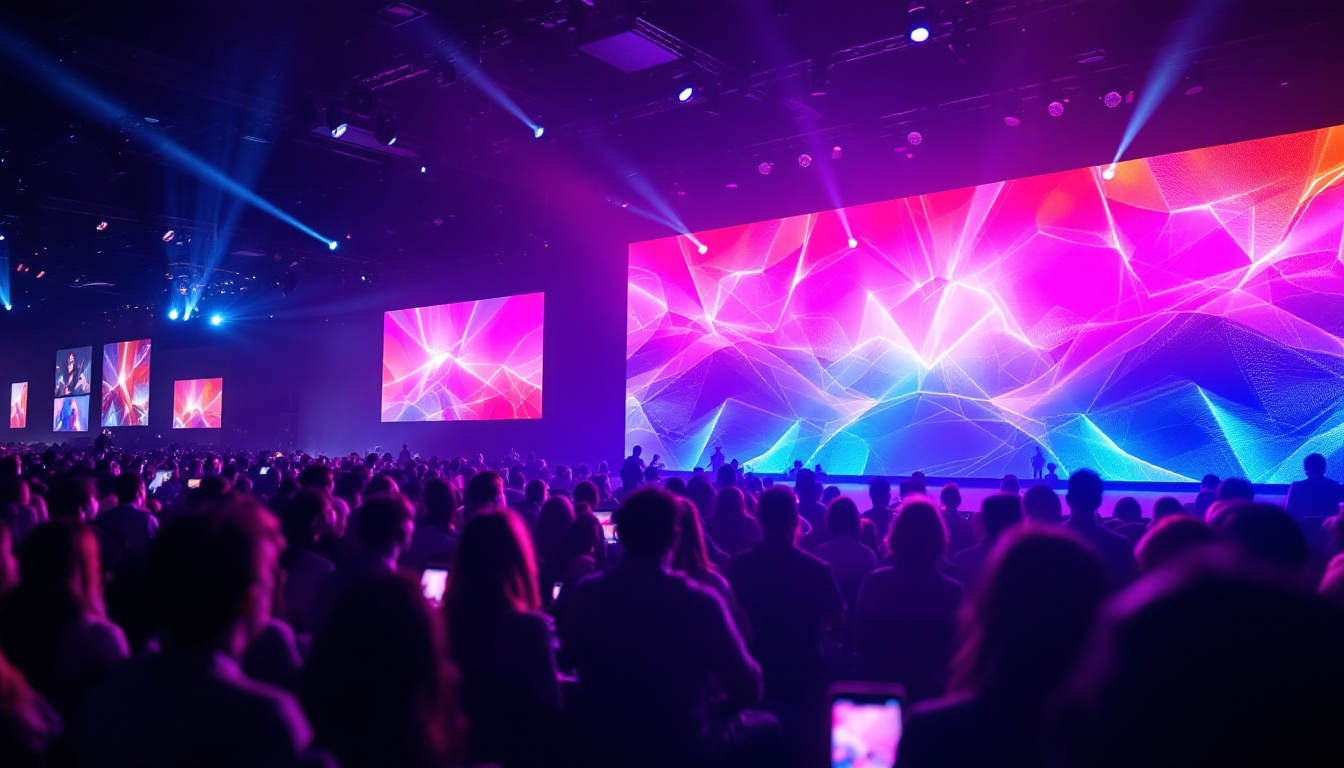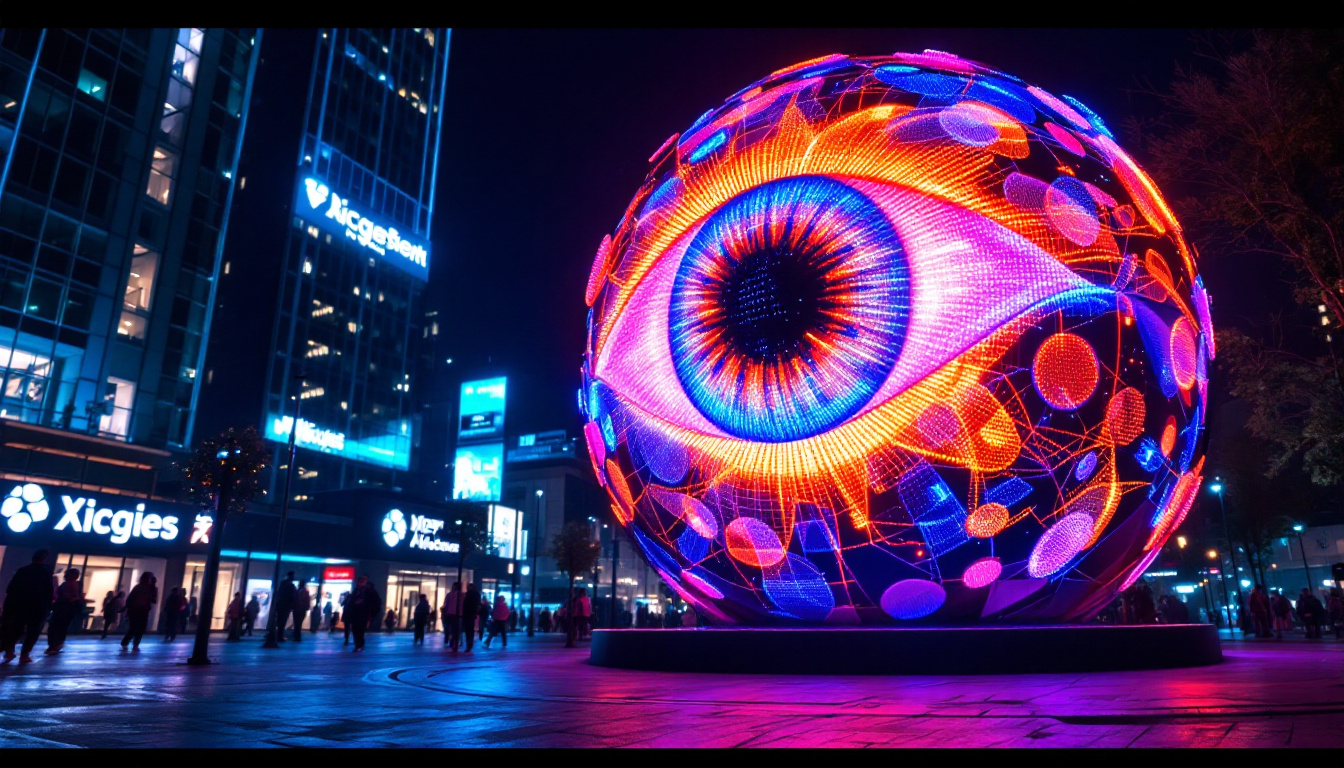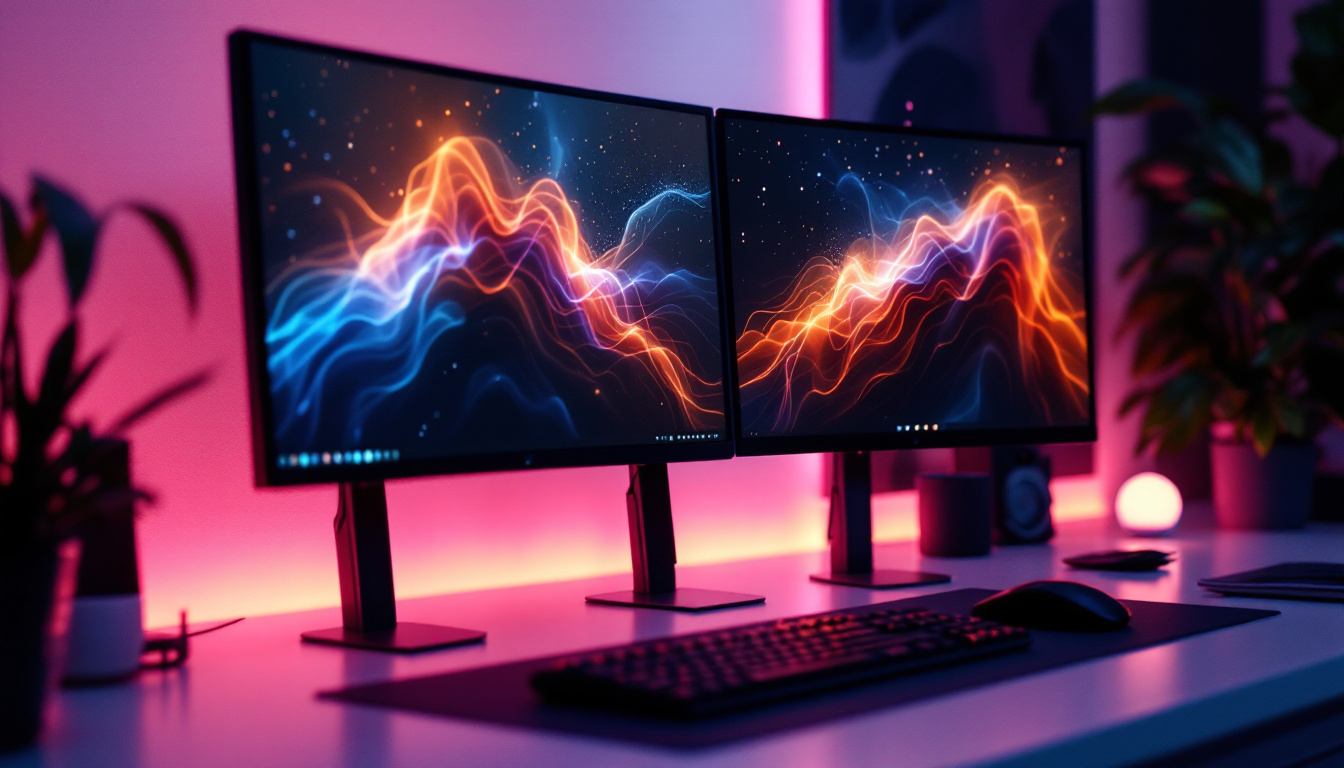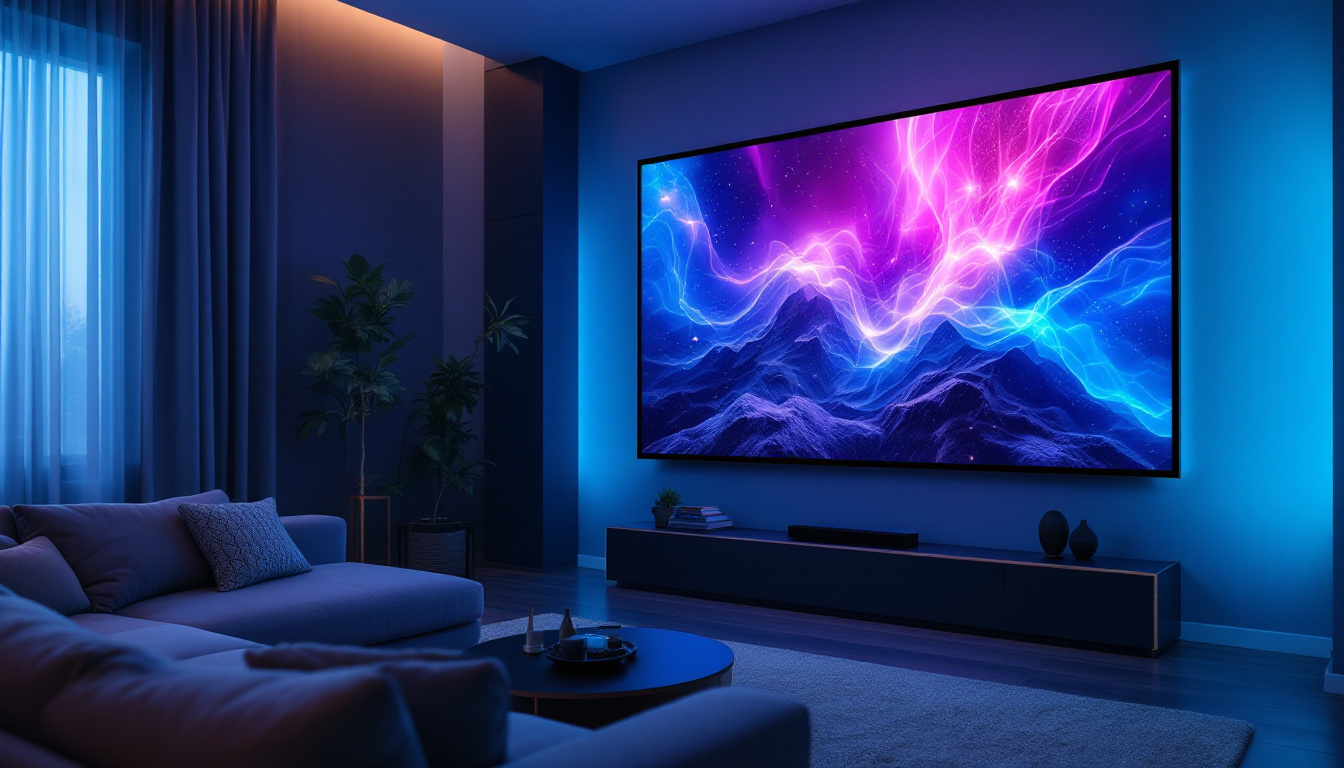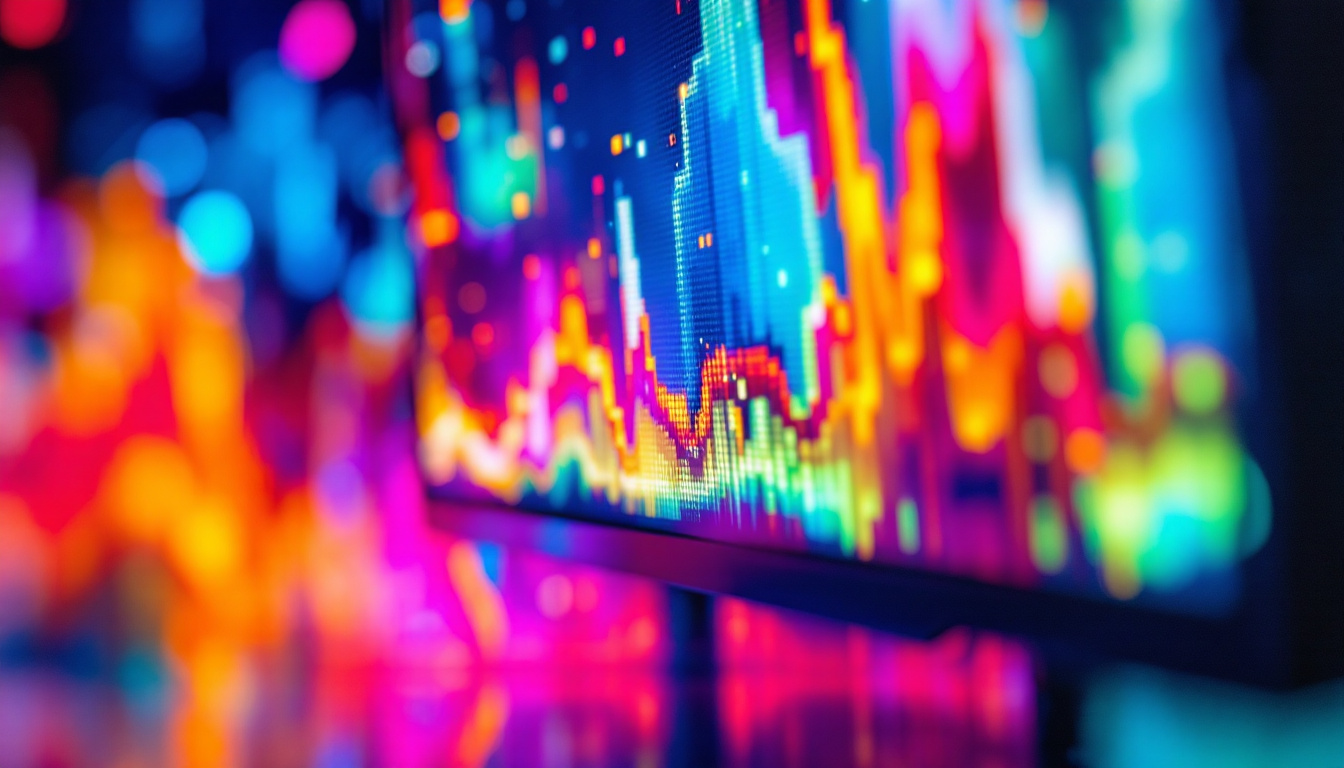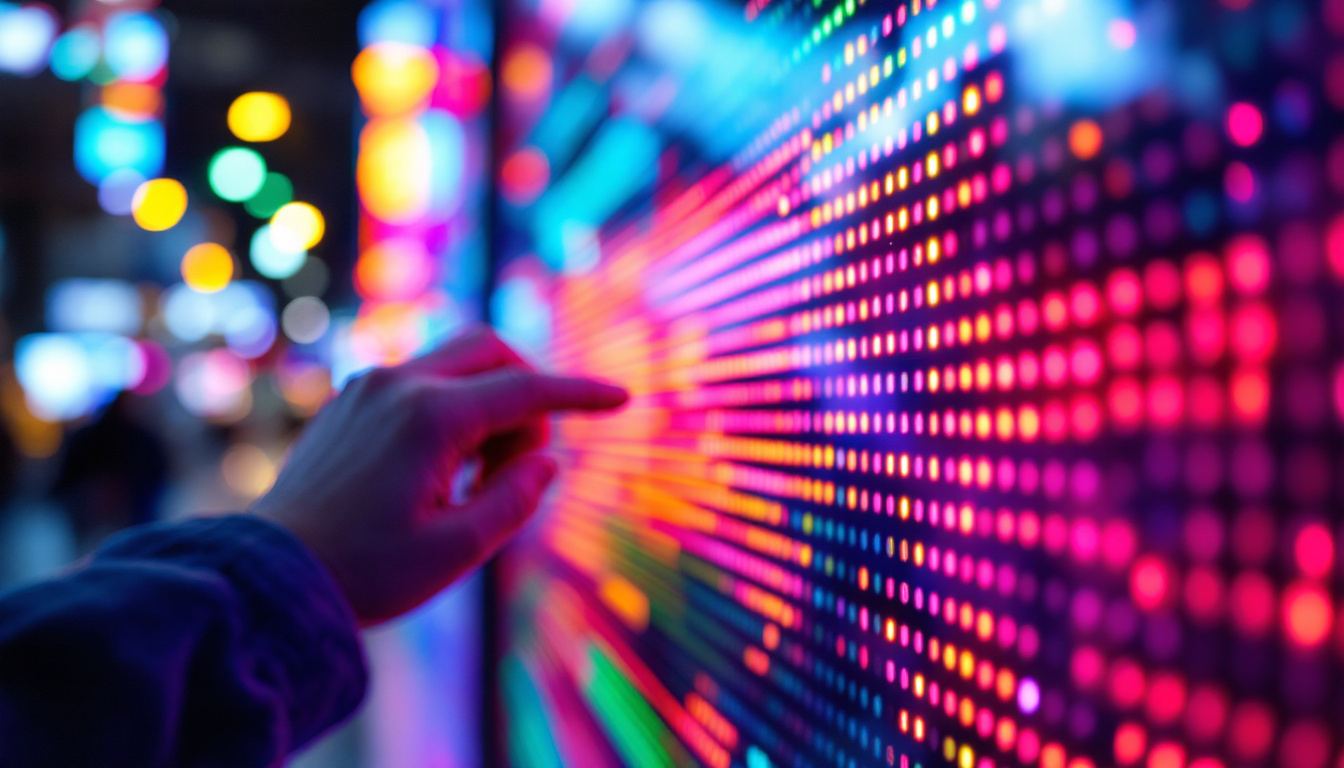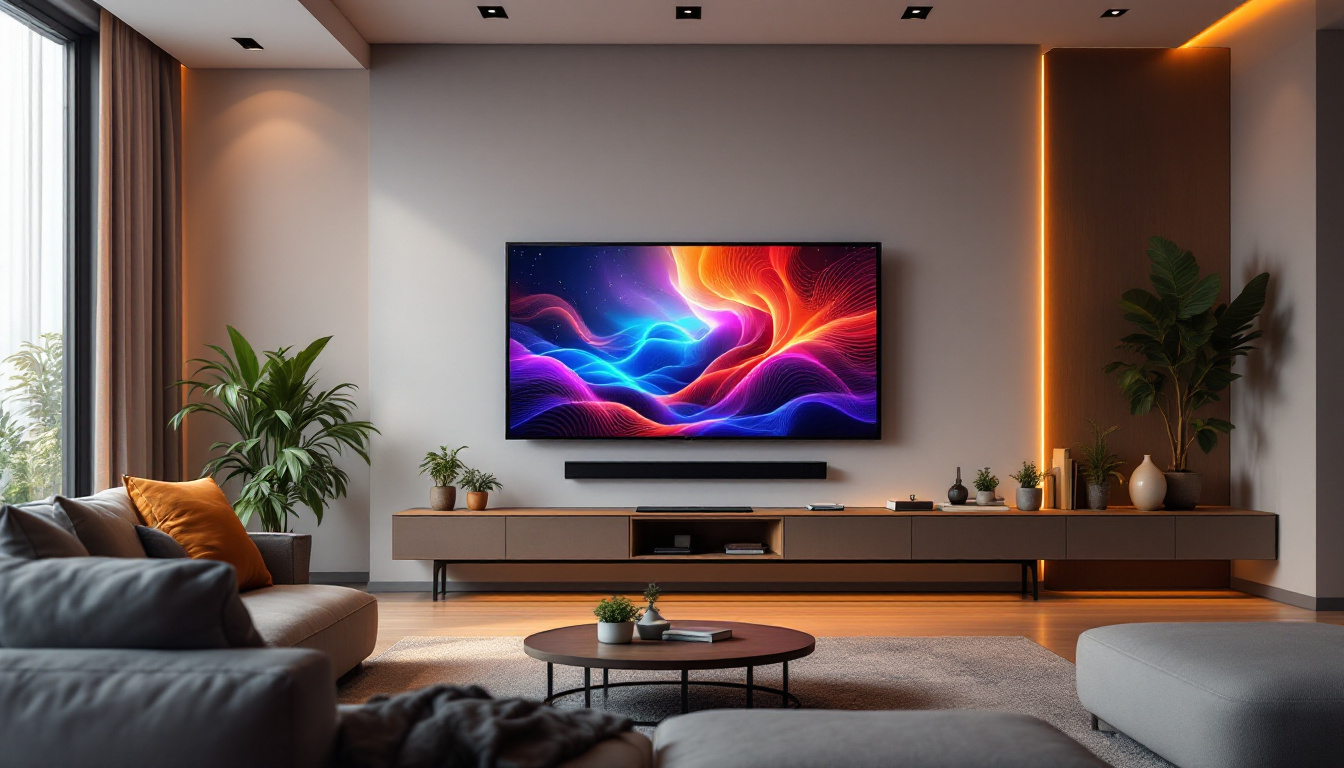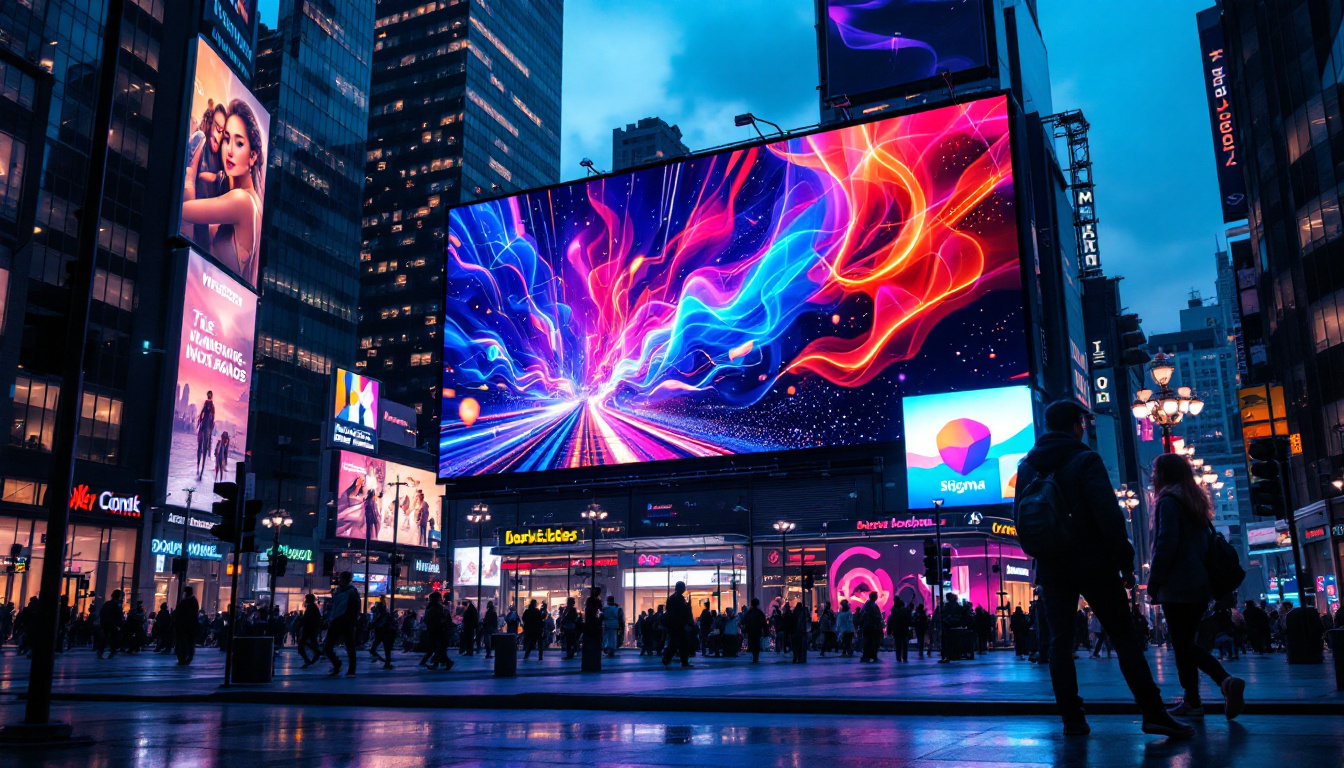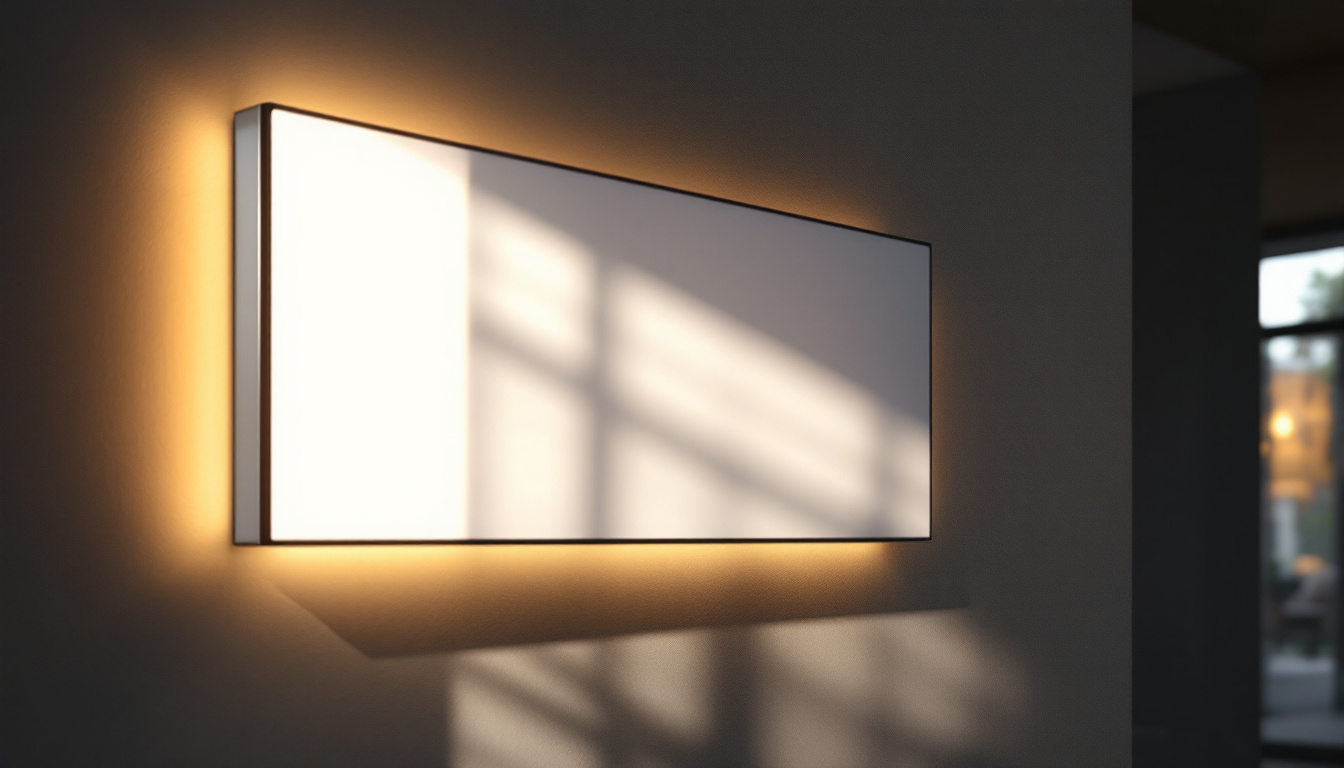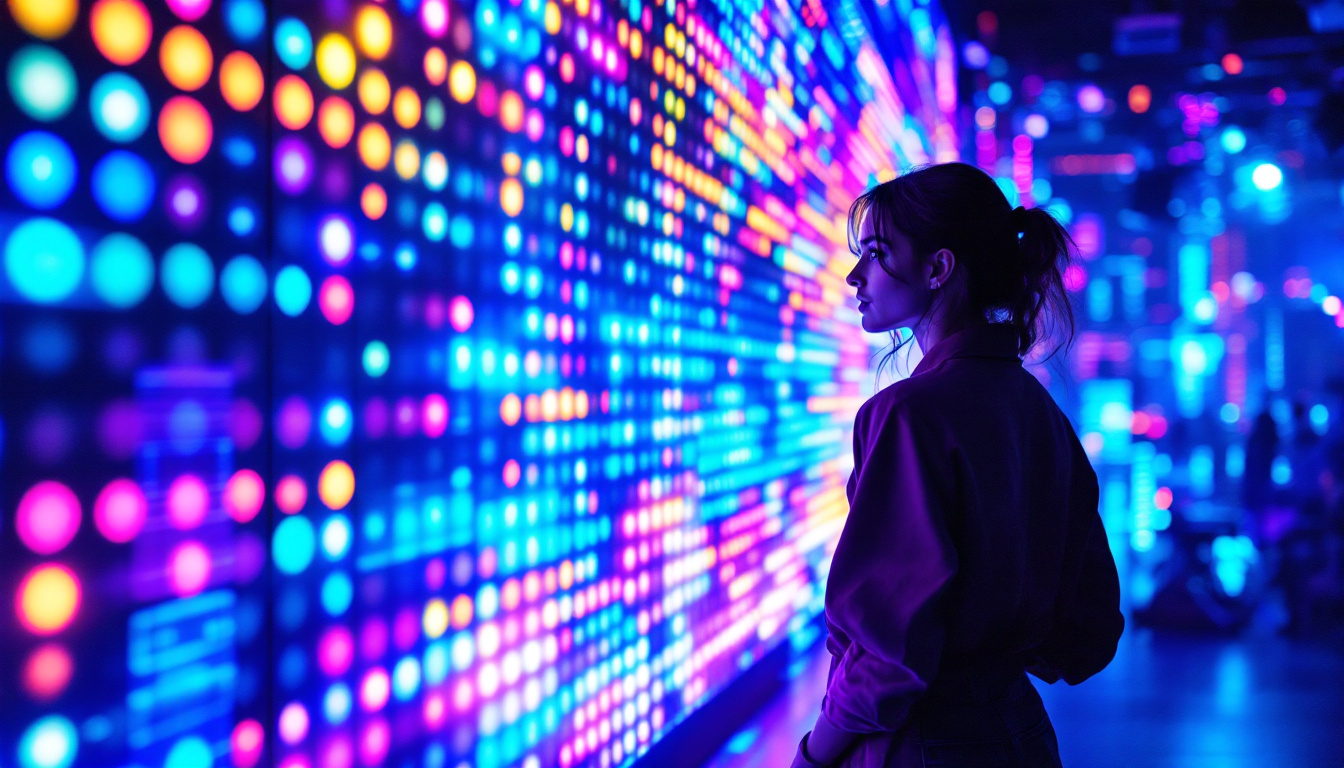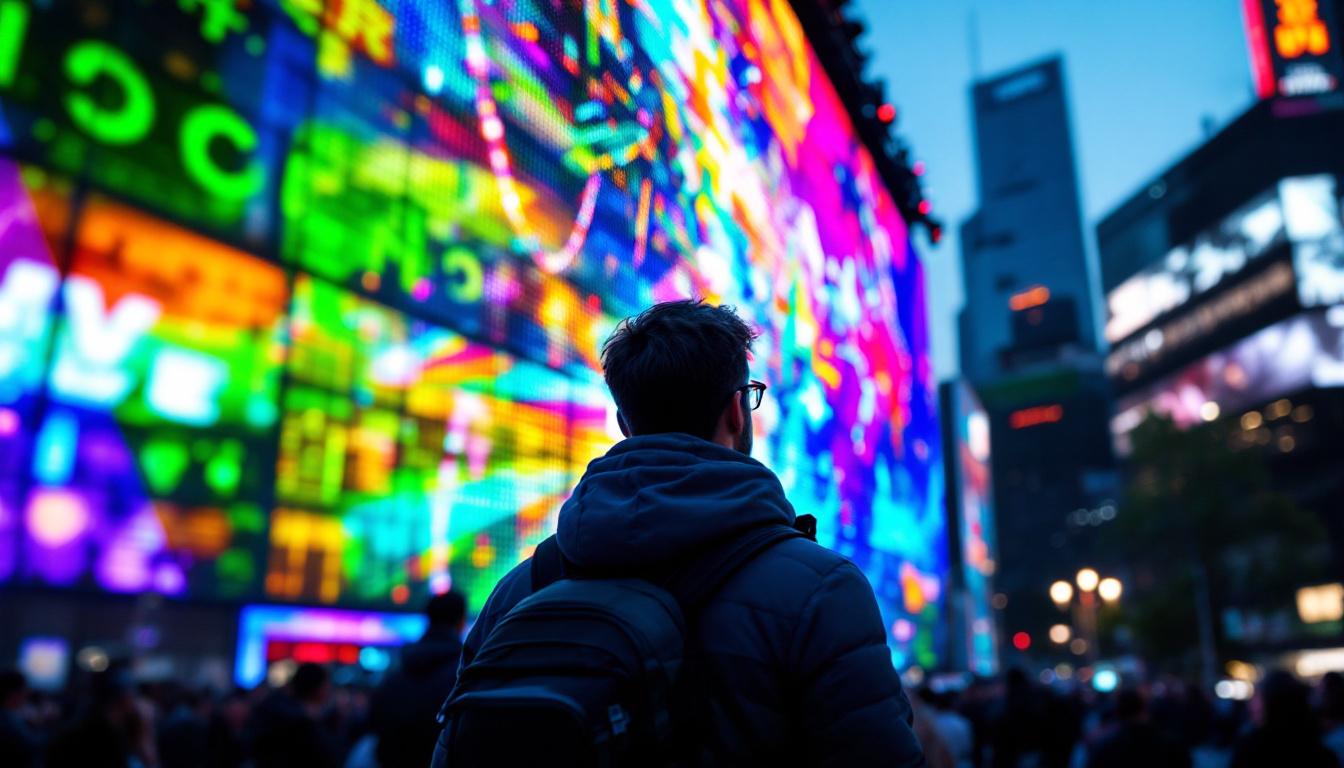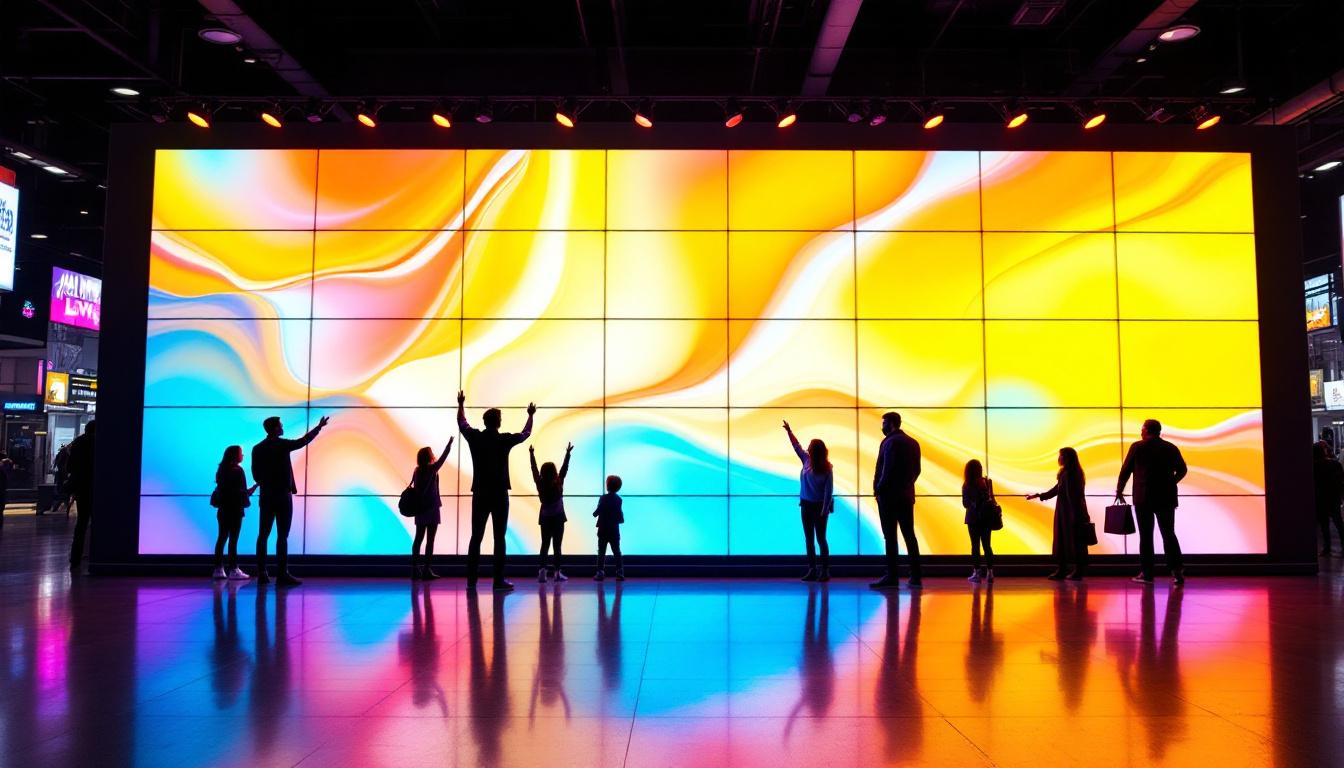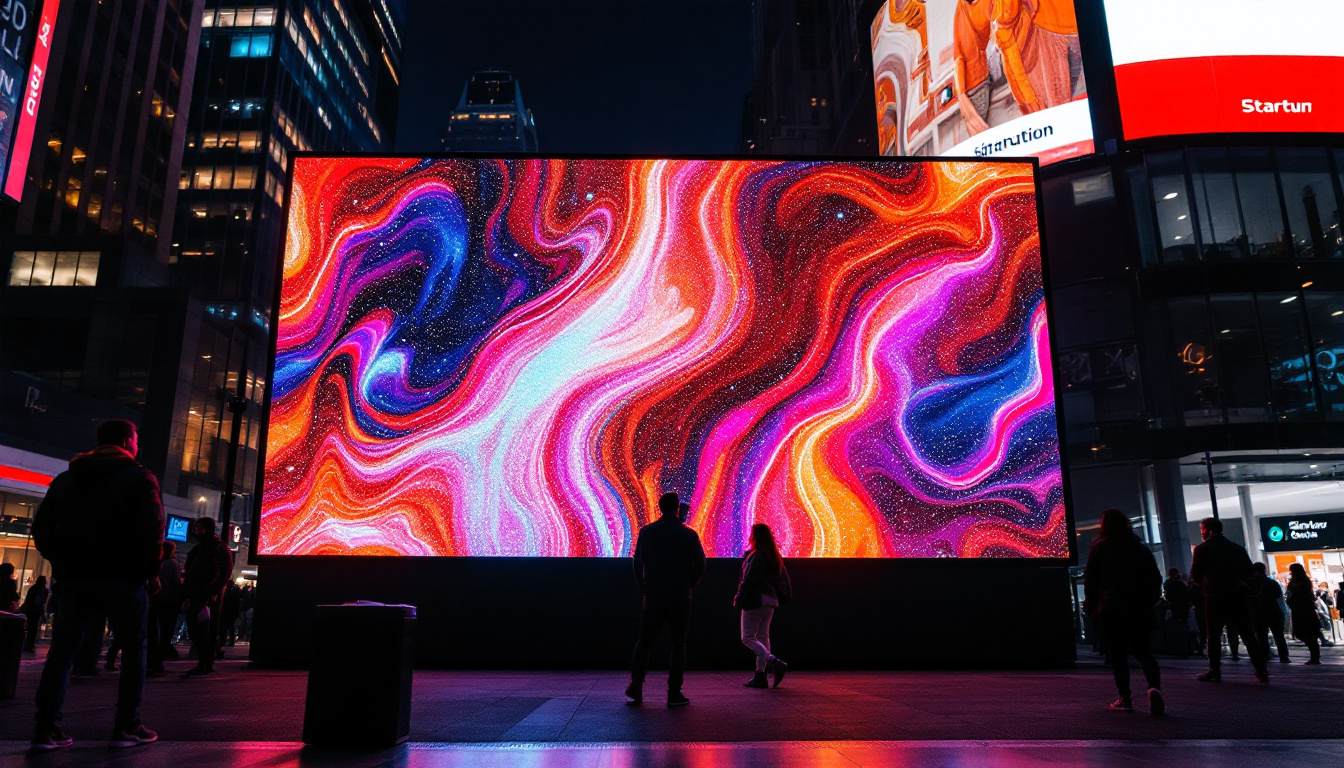In the world of digital displays, the term “FHD” or “Full High Definition” has become a standard reference point for quality. As technology continues to evolve, understanding what FHD means, particularly in the context of LED displays, is crucial for consumers and professionals alike. This article delves into the intricacies of FHD resolution, the technology behind LED displays, and how these elements combine to enhance visual experiences.
Understanding FHD Resolution
Full High Definition, abbreviated as FHD, refers to a display resolution of 1920 x 1080 pixels. This resolution is characterized by a 16:9 aspect ratio, which is commonly used in televisions, computer monitors, and various digital devices. The pixel count is significant because it directly influences the clarity and detail of the images displayed. With FHD, viewers can enjoy a more immersive experience, whether they are watching movies, playing video games, or working on graphic design projects. The increased resolution allows for more vibrant colors and sharper images, which is particularly beneficial in visually demanding applications.
The Importance of Pixel Density
Pixel density, measured in pixels per inch (PPI), plays a vital role in how sharp and detailed an image appears. Higher pixel density means more pixels are packed into a given area, resulting in crisper images and finer details. For instance, a 24-inch FHD monitor will have a different PPI compared to a 55-inch FHD television, impacting the viewing experience. This is especially relevant in today’s world where high-resolution content is widely available, and consumers are increasingly discerning about image quality.
In practical terms, this means that while FHD provides a decent level of detail, the size of the screen and the distance from which it is viewed can significantly affect perceived image quality. A larger screen viewed from a distance may not require as high a pixel density as a smaller screen viewed up close. Moreover, advancements in display technology, such as OLED and LED, further enhance the viewing experience by providing deeper blacks and more vibrant colors, making FHD displays even more appealing.
FHD vs. Other Resolutions
FHD is often compared to other resolutions such as HD (1280 x 720) and 4K (3840 x 2160). Each resolution serves different purposes and caters to various user needs. HD is suitable for basic viewing needs, while 4K offers an ultra-high-definition experience that is ideal for large screens and detailed graphics. The jump from HD to FHD is particularly noticeable in fast-moving scenes, where FHD can display smoother transitions and reduce motion blur, enhancing the overall viewing experience.
However, FHD strikes a balance between quality and performance. It provides a significant upgrade from HD without the demanding hardware requirements of 4K, making it a popular choice for gamers and content creators who need quality without sacrificing performance. Additionally, FHD content is widely available across streaming platforms, video games, and Blu-ray discs, ensuring that users have access to a vast library of high-quality media. This accessibility, combined with the reasonable cost of FHD displays, solidifies its position as a preferred resolution for many consumers, especially those who prioritize both performance and visual fidelity in their digital experiences.
The Technology Behind LED Displays
LED displays utilize light-emitting diodes (LEDs) to produce images. Unlike traditional LCD screens that use fluorescent backlighting, LED displays offer greater efficiency, brightness, and color accuracy. This section explores the mechanics of LED technology and its advantages over other display types.
How LED Displays Work
LED displays work by illuminating pixels with small diodes that emit light. These diodes can be arranged in various configurations, including edge-lit and backlit designs. Edge-lit displays use LEDs along the edges of the screen, while backlit displays have a grid of LEDs behind the screen, providing more uniform brightness and better color reproduction.
The ability of LEDs to produce vibrant colors and deep blacks is one of the key advantages of this technology. By controlling the intensity of each diode, LED displays can achieve a wide color gamut and high contrast ratios, enhancing the overall viewing experience. Furthermore, advancements in LED technology have led to the development of organic light-emitting diodes (OLEDs), which offer even more impressive color accuracy and flexibility in design, allowing for thinner and more versatile screens.
Advantages of LED Technology
LED displays come with several benefits that make them a preferred choice for both consumers and professionals. One of the most notable advantages is energy efficiency. LED technology consumes less power compared to traditional display technologies, making it an environmentally friendly option.
Additionally, LED displays tend to have a longer lifespan, which means less frequent replacements and lower overall costs. They also offer faster response times, reducing motion blur during fast-paced scenes, which is particularly beneficial for gamers and movie enthusiasts. Moreover, the durability of LED technology allows for screens that can withstand harsher conditions, making them suitable for outdoor use in digital signage and billboards. This resilience not only enhances their usability in various environments but also contributes to their growing popularity in commercial applications, where visual impact is paramount.
Combining FHD and LED Technology
The combination of FHD resolution and LED technology results in a display that offers both clarity and vibrancy. This synergy enhances the viewing experience across various applications, from gaming to professional presentations. Understanding how these two elements work together is essential for anyone looking to invest in a new display. The FHD resolution, which stands for Full High Definition, provides a pixel count of 1920×1080, ensuring that every detail is rendered with precision. Coupled with LED technology, which utilizes light-emitting diodes to produce brighter and more energy-efficient screens, the result is a display that not only looks stunning but also consumes less power than traditional LCD screens. This combination is particularly appealing for users who prioritize both performance and sustainability.
Applications of FHD LED Displays
FHD LED displays are versatile and can be found in numerous settings. In the entertainment industry, they are commonly used in televisions and monitors, providing viewers with an immersive experience. The gaming community also benefits from FHD LED displays, as they deliver smooth graphics and quick refresh rates. Gamers can enjoy fast-paced action without motion blur, thanks to the rapid response times of LED technology, which is crucial for competitive gaming. Furthermore, the high contrast ratios offered by these displays enhance the visual depth, making dark scenes in games or movies more engaging.
In professional environments, FHD LED displays are utilized for presentations, video conferencing, and digital signage. Their ability to convey sharp images and vibrant colors makes them ideal for conveying information effectively and engagingly. For instance, in corporate settings, these displays can be used for data visualization, where complex graphs and charts can be presented clearly, allowing for better decision-making. Moreover, in retail spaces, digital signage powered by FHD LED technology can attract customers with dynamic advertisements that stand out, ultimately driving sales and enhancing brand visibility.
Choosing the Right FHD LED Display
When selecting an FHD LED display, several factors should be considered. Screen size, viewing distance, and the intended use are all critical elements that can influence the decision. For instance, a larger screen may be suitable for a home theater setup, while a smaller monitor may be ideal for a desk workspace. It’s also important to consider the ergonomics of the setup; the height and angle of the display should promote comfortable viewing to reduce strain during extended use.
Additionally, features such as refresh rate, color accuracy, and connectivity options should be evaluated. A higher refresh rate is beneficial for gaming, while advanced color calibration may be necessary for graphic design work. Understanding these specifications can help consumers make informed choices that meet their specific needs. Connectivity options, such as HDMI, DisplayPort, and USB-C, are also crucial, as they determine compatibility with various devices. Some displays even come equipped with built-in speakers or smart capabilities, allowing for a more integrated and streamlined experience. With the right knowledge and considerations, users can find an FHD LED display that not only meets their functional requirements but also enhances their overall digital experience.
Future Trends in Display Technology
As technology continues to advance, the future of display technology looks promising. Innovations such as OLED (Organic Light Emitting Diode) and MicroLED are emerging, offering even greater color accuracy and contrast ratios. These technologies are expected to complement or even surpass traditional LED displays in the coming years.
The Rise of 8K Resolution
While FHD has become a standard, the rise of 8K resolution (7680 x 4320 pixels) is gaining traction. With four times the pixel count of 4K, 8K displays promise unparalleled detail and clarity. However, the adoption of 8K technology will depend on content availability and the ability of consumers to invest in compatible hardware.
As 8K content becomes more accessible, the demand for displays that can support this resolution will likely increase. This shift could redefine the standards for visual quality and push manufacturers to innovate further in display technology.
Smart Displays and Integration
Another trend shaping the future of display technology is the integration of smart features. Many modern displays now come equipped with built-in operating systems, allowing users to access streaming services, browse the internet, and interact with applications directly from their screens.
This integration not only enhances user convenience but also opens the door for new functionalities, such as voice control and smart home connectivity. As these features become more prevalent, consumers will have more options for how they interact with their displays.
Conclusion
Understanding FHD resolution and LED display technology is essential for anyone looking to enhance their viewing experience. The combination of high resolution and advanced LED technology offers a compelling solution for a variety of applications, from entertainment to professional use.
As technology continues to evolve, staying informed about the latest trends and advancements will empower consumers to make educated decisions when investing in display technology. Whether opting for an FHD LED display today or considering future innovations, the journey towards superior visual experiences is just beginning.
In summary, FHD LED displays represent a significant step forward in display technology, providing clarity, vibrancy, and versatility. Embracing these advancements will undoubtedly lead to more immersive and engaging experiences across various platforms.
Discover the Future of Visual Experience with LumenMatrix
Ready to elevate your visual experience with the latest in LED display technology? Look no further than LumenMatrix, a pioneer in crafting state-of-the-art LED display modules that bring your content to life. Whether you’re in need of an Indoor LED Wall Display for your corporate events, an Outdoor LED Wall Display to capture the public’s attention, or any of our specialized solutions like Vehicle, Sports, or Floor LED Displays, LumenMatrix has you covered. Embrace the revolution in visual communication and let your brand shine with unparalleled clarity and impact. Check out LumenMatrix LED Display Solutions today and join the myriad of businesses already enhancing their engagement through our innovative displays.

